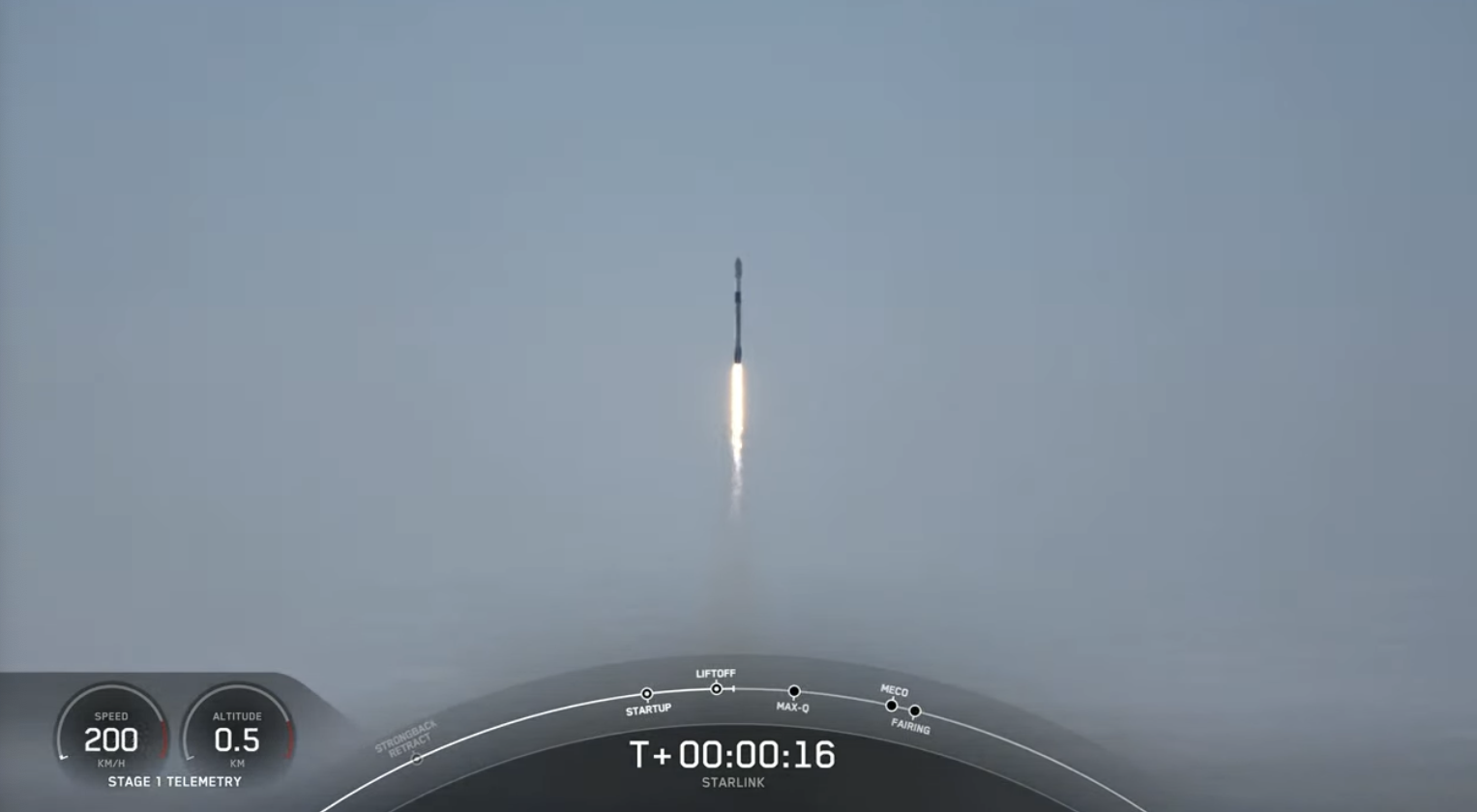
For the tenth time this year, a SpaceX Falcon 9 roared aloft from Space Launch Complex (SLC)-4E at Vandenberg Space Force Base, Calif., at 4:10 p.m. PDT Wednesday, two days later than planned after additional time for pre-launch checkouts and a 24-hour stand-down period to permit Crew-5 to fly from the East Coast. Laden with a “stack” of 52 Starlink internet communications satellites, the seasoned B1071 core—which had previously flown four times since February—has now completed a full half of all Falcon 9 missions out of the West Coast in 2022 and a resurgence of operational activity from Vandenberg.
The launch also established a new launch-to-launch record between a pair of Falcon 9 flights, coming only seven hours and ten minutes after B1077 lofted Dragon Endurance and four humans—NASA astronauts Nicole Mann and Josh Cassada, Japan’s Koichi Wakata and Russian cosmonaut Anna Kikina—from historic Pad 39A at the Kennedy Space Center (KSC) in Florida. This soundly exceeded the 14-hour previous record set between the launches of Germany’s SARah-1 radar-imaging surveillance satellite and the Globalstar-2 mission back in June.
And although SpaceX is no stranger to flying from Vandenberg, having launched its first Falcon 9 booster from here nearly a decade ago, the mission rate has ebbed and flowed over the years. The first flight in September 2013 delivered Canada’s Cascade, Smallsat and Ionospheric Polar Explorer (CASSIOPE) science satellite to orbit for technology, communications and space research, whilst a second launch in January 2016 deployed the Jason-3 ocean altimetry spacecraft on behalf of NASA and the National Oceanic and Atmospheric Administration (NOAA).
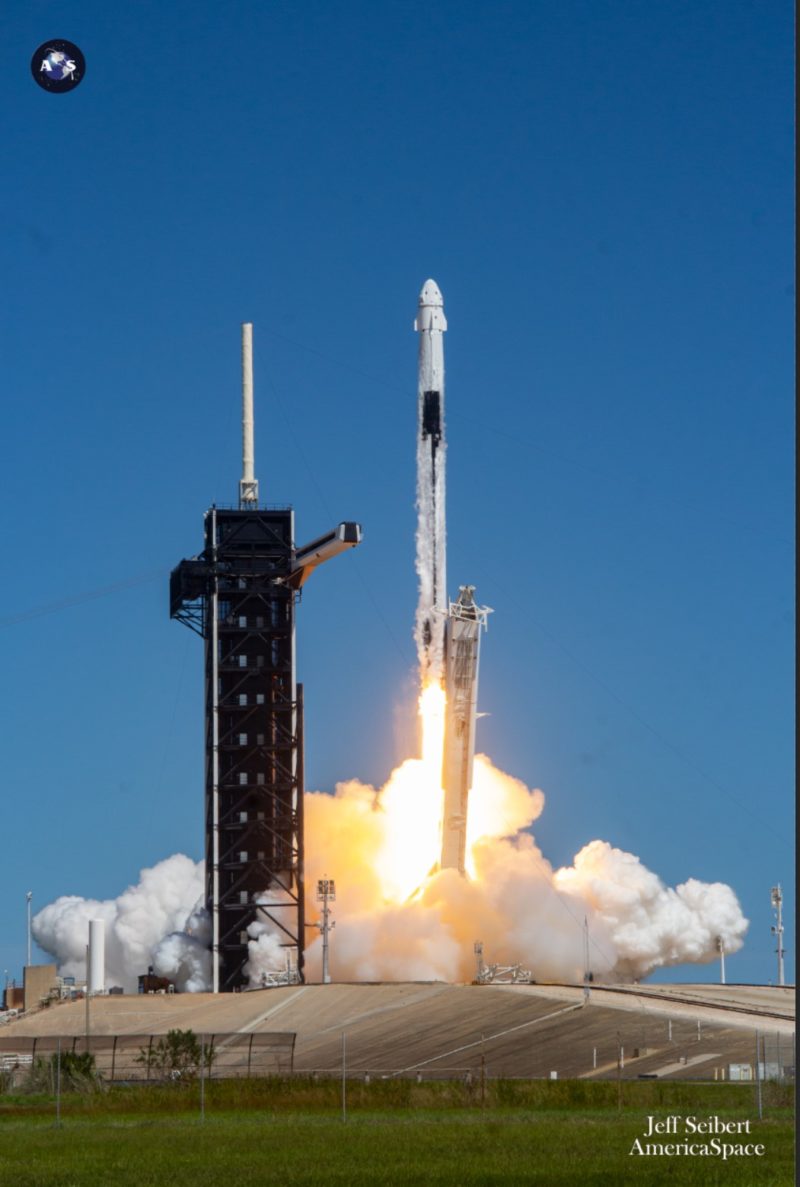
The tempo picked up a year later, with five Falcon 9 launches out of Vandenberg in 2017, six in 2018 and two in 2019. These successfully lifted 75 Iridium NEXT global mobile communications satellites, in eight “batches”, together with Taiwanese and Argentinian Earth-imaging satellites, Spain’s first reconnaissance satellite, the multi-payload SmallSat Express and Canada’s three-spacecraft Radarsat Constellation Mission (RCM).
SpaceX’s growing maturity of operations also saw the first West Coast offshore landing on an Autonomous Spaceport Drone Ship (ASDS)—namely, “Just Read the Instructions” (JRTI)—in January 2017 and the first landing on solid ground at Vandenberg’s Landing Zone (LZ)-4 in October 2018. The LZ-4 site was on land formerly occupied by Space Launch Complex (SLC)-4W, a location used for 93 Atlas-Agena and Titan launches between July 1963 and October 2003.
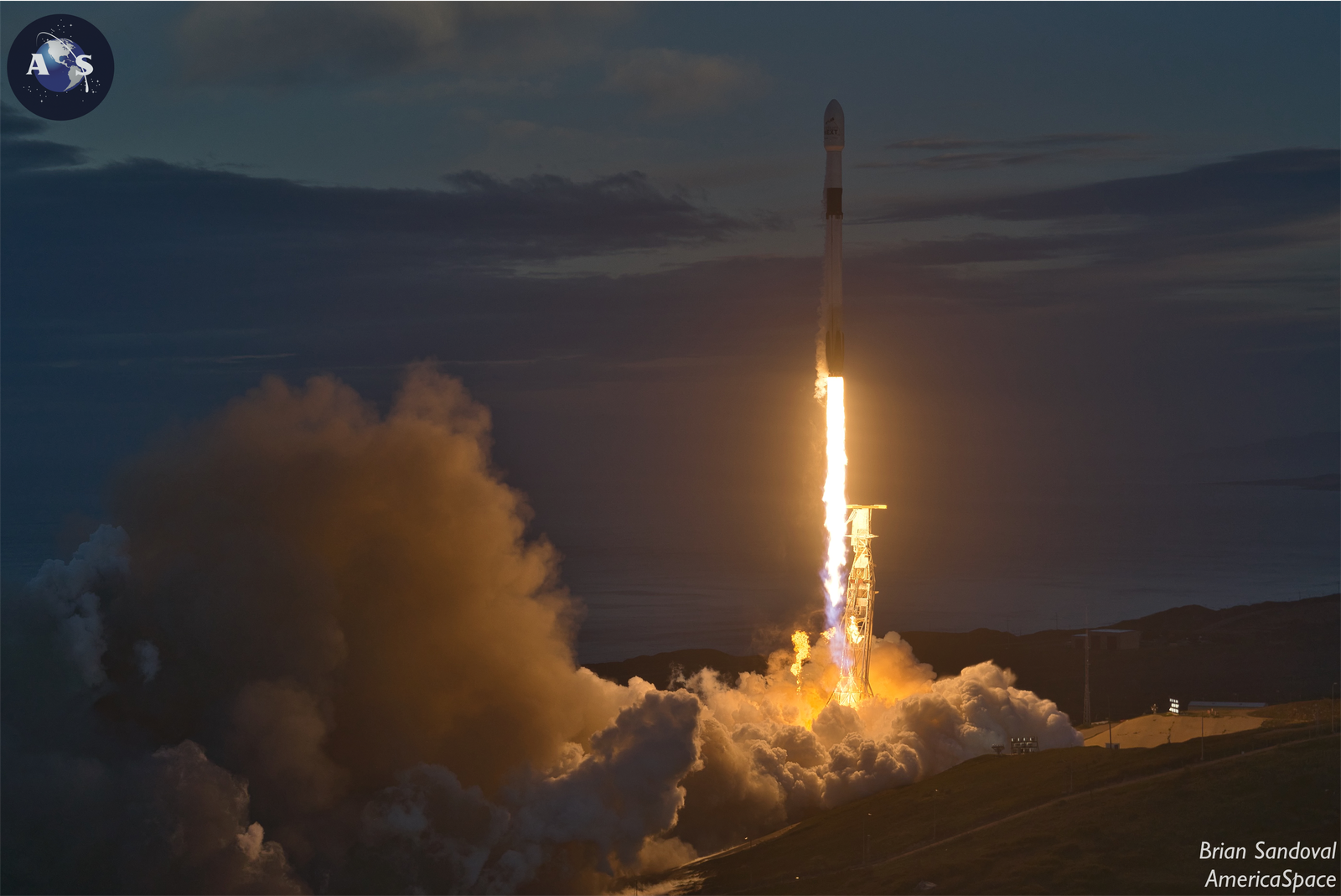
More recently, in November 2020 a Falcon 9 ferried the Sentinel-6A Michael Freilich Earth-observation satellite to orbit, whilst three missions last year saw the delivery of Vandenberg’s first batches of Starlinks and the Double Asteroid Redirection Test (DART) to investigate the asteroid Didymos and impact its tiny companion, Dimorphos.
By the end of last year, therefore, a grand total of 19 Falcon 9 missions had been executed out of Vandenberg, of which 11 returned safely to land on the deck of the drone ship and six others alighted on solid ground at LZ-4. But even that remarkable accomplishment was just a prelude to a raft of flights in 2022, whose ten launches as of tonight have been achieved using only three boosters.
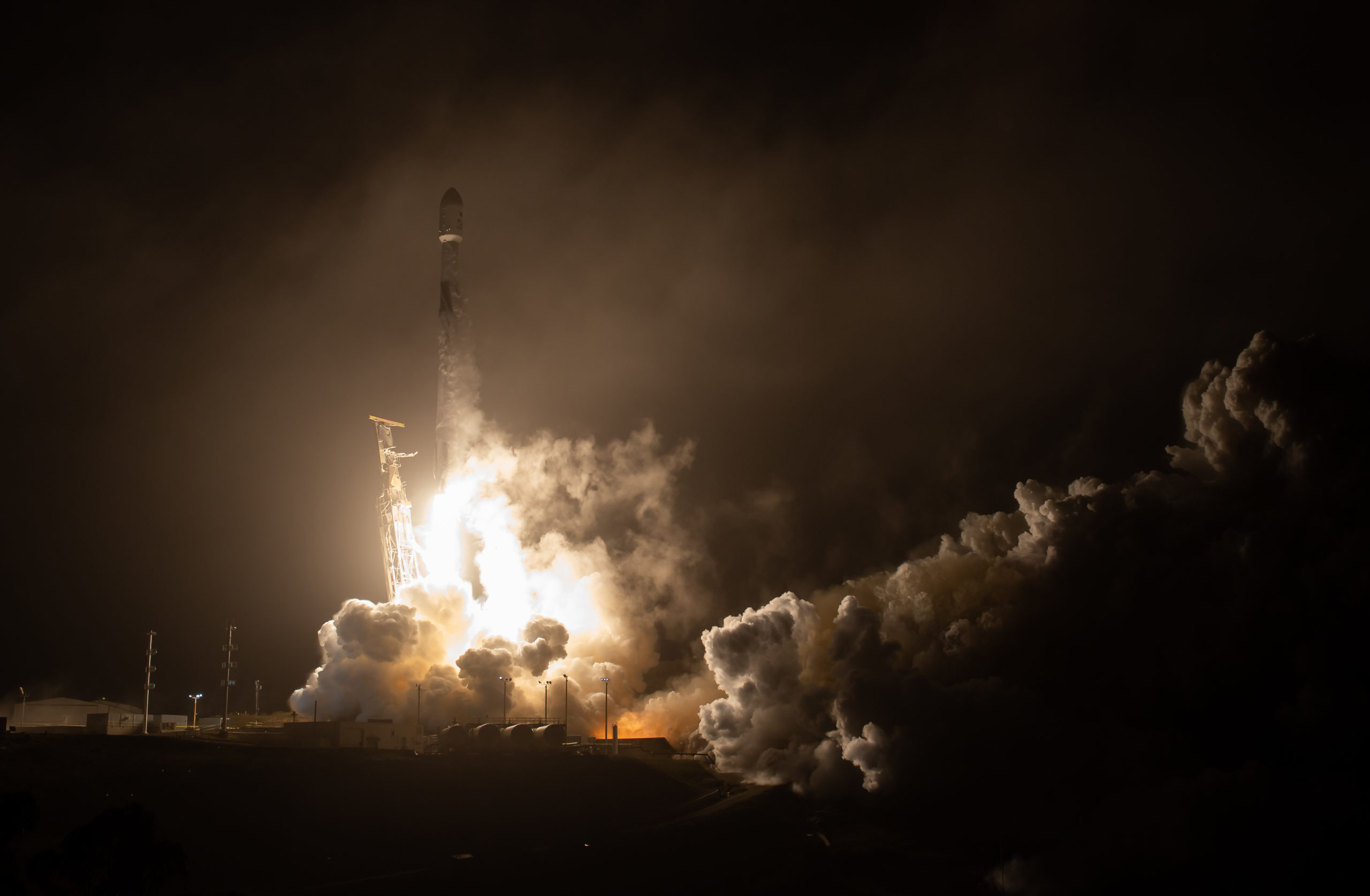
Heading up that list of boosters was B1071, which has flown five times out of Vandenberg since being introduced into the Vandenberg fleet last spring. Her first pair of missions in February and April delivered the highly classified NROL-87 and NROL-85 payloads to orbit for the National Reconnaissance Office, whilst a third flight in mid-June lofted Germany’s SARah-1 radar-imaging surveillance platform.
More recently, in late July B1071 launched a fourth time to lift 46 Starlink satellites, totaling over 31,000 pounds (14,000 kilograms), into low-Earth orbit. Partnering with B1071 this year have been her sisters B1063, which flew four times out of Vandenberg between February and August, and B1061, which logged its tenth mission earlier this summer after nine previous flights from Florida.
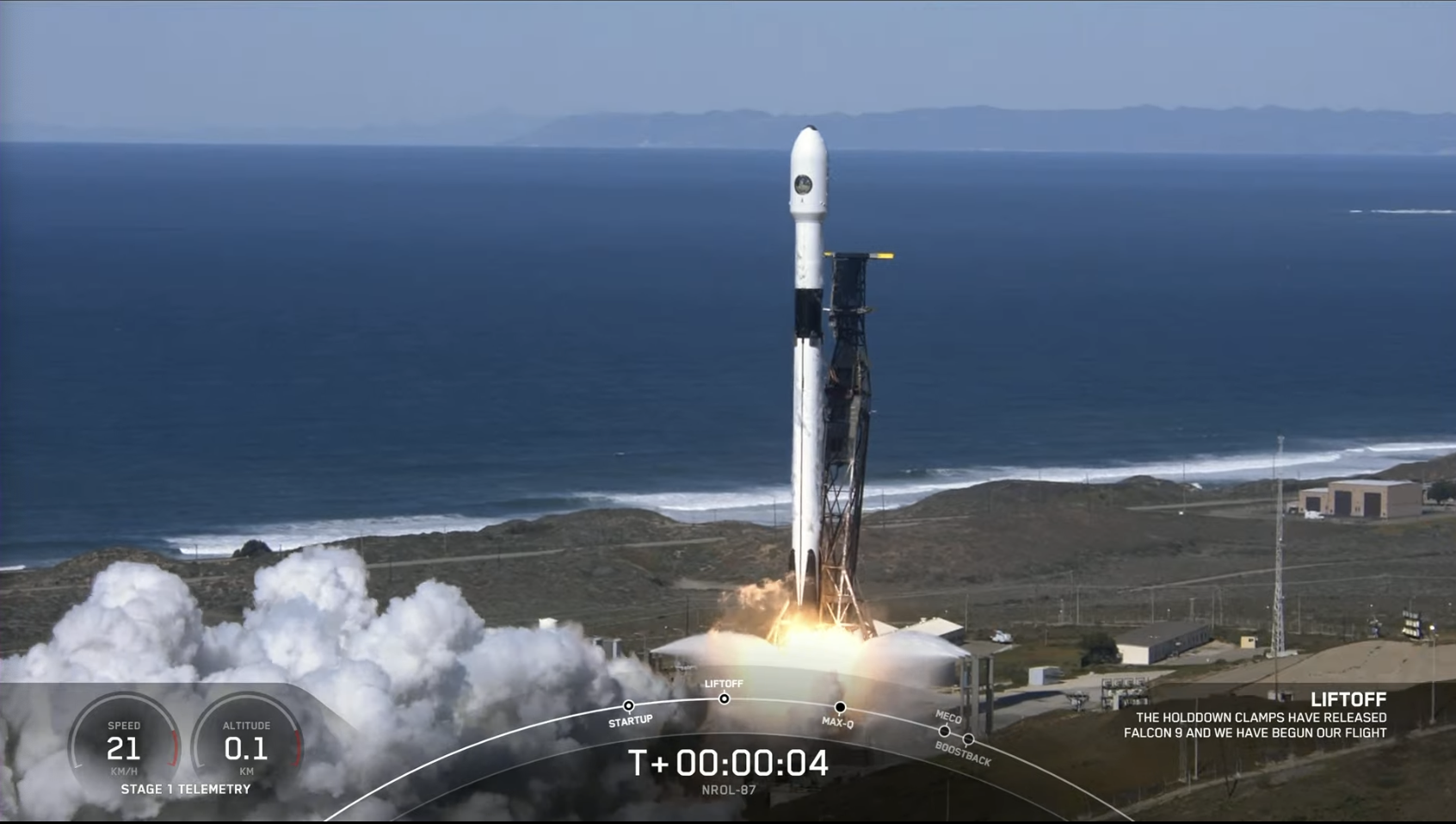
But an opening launch at 4:56 p.m. PDT on Tuesday, 3 October, was not to be. “To allow more tme for pre-launch checkouts,” noted SpaceX, it was standing down the mission until no sooner than Wednesday 4th. And it was added that if the launch of Dragon Endurance on the Crew-5 mission remained on track for launch at 12:00:57 p.m. EDT on 5 October, it would stand down the Vandenberg Starlink mission a second time.
As such, B1071 was back in service Wednesday night, laden with 52 Starlinks, bound for emplacement at an altitude of 340 miles (550 kilometers), inclined 53.2 degrees to the equator. Liftoff occurred on time at 4:10 p.m. PDT, as the nine Merlin 1D+ core stage engines powered the Falcon 9 uphill with an estimated 1.5 million pounds (680,000 kilograms) of thrust.
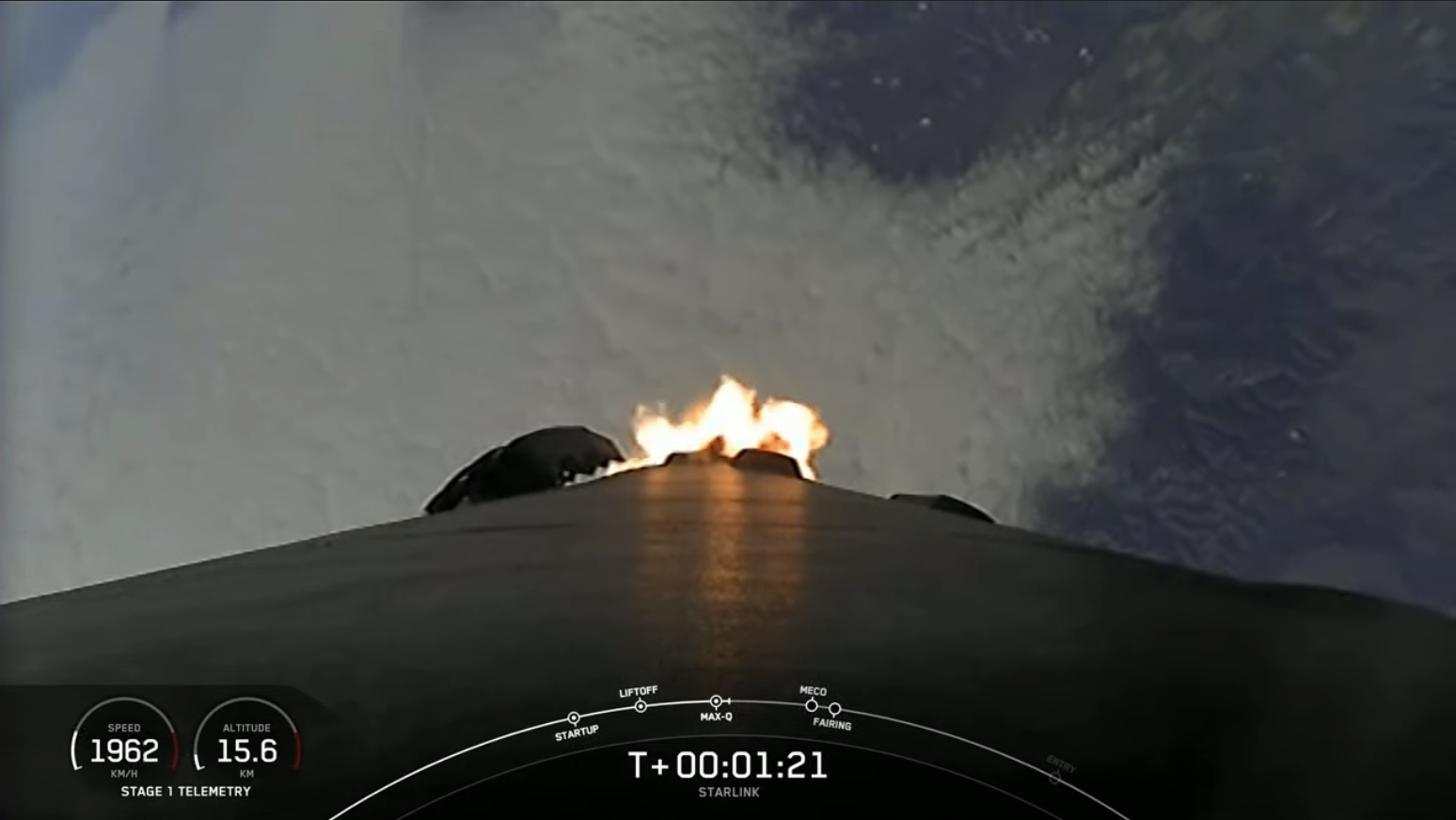
Two and a half minutes into ascent, the nine Merlins shut down, on time, and B1071 separated from the stack to begin her graceful descent back to Earth. She alighted smoothly on the deck of the ASDS, “Of Course I Still Love You”, some eight minutes and 30 seconds after launch, marking the seventh Vandenberg drone ship landing of 2022.
Meanwhile, the single Merlin 1D+ Vacuum engine of the Falcon 9’s second stage ignited for a six-minute “burn” to deliver the Starlink stack to orbit. Deployment was anticipated a little over an hour into the mission and edged the number of Starlink satellites launched out of Vandenberg since September 2021 to almost 450, situated at inclinations of either 53.2 degrees or 97.6 degrees to the equator.
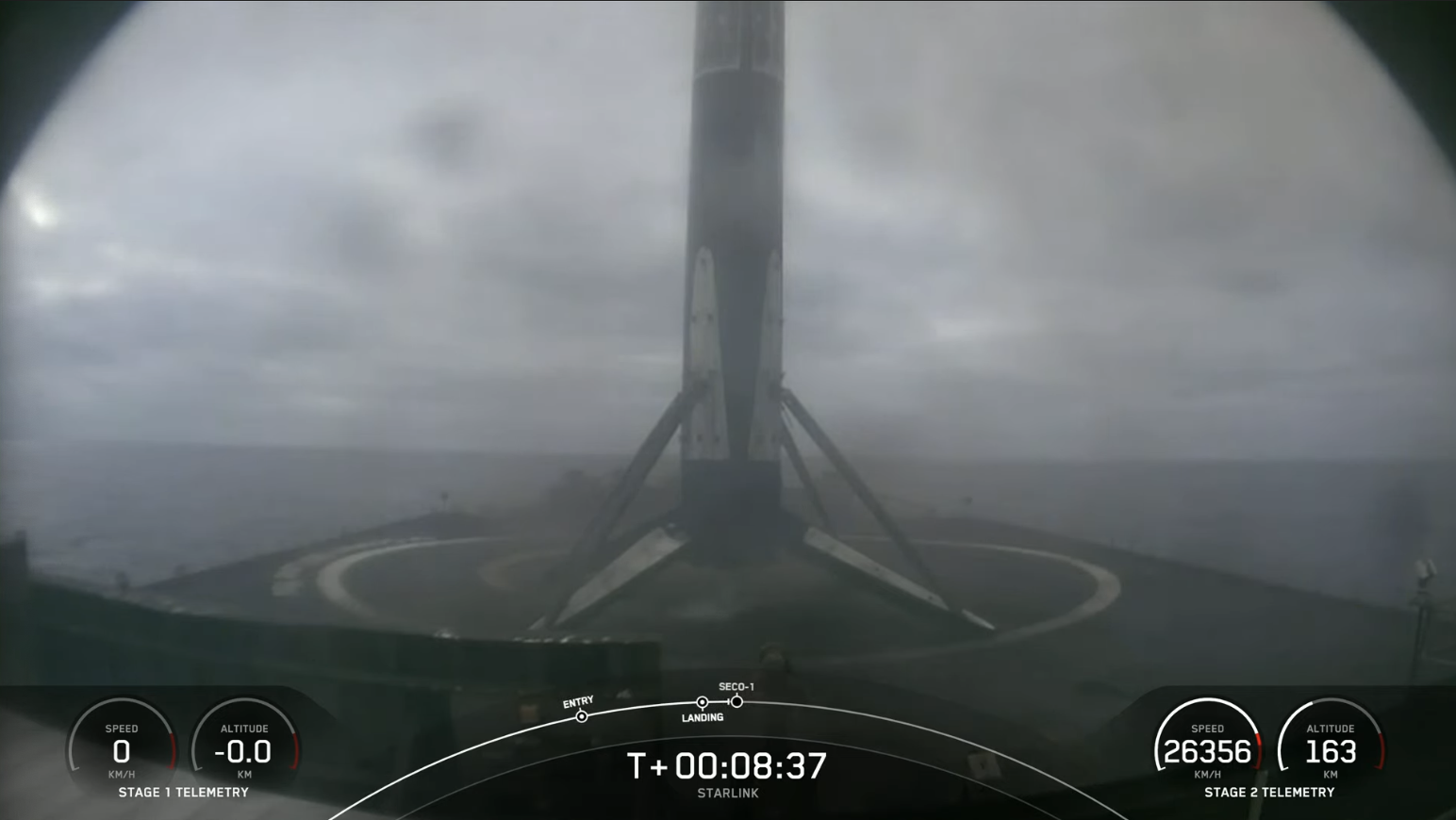
And Starlink’s progress as an internet provider on the world stage has advanced in leaps and bounds this year, notably following the emergency provision granted to Ukraine following Russian President Vladimir Putin’s invasion in February. Availability was expanded to Moldova, Estonia, Colombia and Norway in August and last month SpaceX announced that Malta and—controversially—Iran had joined Starlink. Regulatory approval has now been granted for more than 40 countries and markets spanning North and South America, Europe and Oceania.
Attention now reverts to the Space Coast, where the second 14-times-flown Falcon 9—seasoned veteran B1060—awaits liftoff from storied Space Launch Complex (SLC)-40 at Cape Canaveral Space Force Station during a 67-minute “window” which opens at 7:07 p.m. EDT Thursday. Laden with the Galaxy 33 and 34 C-band geostationary-bound communications satellites, flying on behalf of Intelsat, it will mark SpaceX’s third mission of October in only 31 hours.




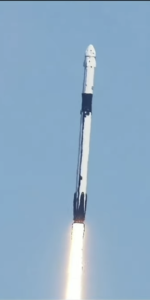
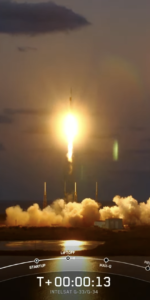
13 Comments
13 Pings & Trackbacks
Pingback:Record-Tying 14x-Flown Falcon 9 Lifts Galaxy 33/34 Twins to Space - AmericaSpace
Pingback:SpaceX May Attempt Two Launches, Six Hours Apart Tuesday - AmericaSpace
Pingback:SpaceX May Attempt Two Launches, Six Hours Apart Tuesday - Space News
Pingback:Six-Times-Flown Falcon 9 Lofts SWOT Ocean Watcher from Vandenberg - AmericaSpace
Pingback:Six-Times-Flown Falcon 9 Lofts SWOT Ocean Watcher from Vandenberg - Space News
Pingback:Bob & Doug’s Falcon 9 Makes 15th Launch, Sets New Records - Space News
Pingback:SpaceX Launches Year’s 60th Mission, Looks Ahead to Busy 2023 - Space News
Pingback:SpaceX Wraps Up Banner 2022, With Year-End Launch of Israeli Spy Satellite - Space News
Pingback:SpaceX Launches 40 OneWebs, Delays Vandenberg Starlink Mission - AmericaSpace
Pingback:SpaceX Launches 200th Falcon 9, Continues Vandenberg Cadence - AmericaSpace
Pingback:Crew-6 “Go” for Thursday Pre-Dawn Launch, Vandenberg Mission Just 13 Hours Later - AmericaSpace
Pingback:Vandenberg Launches Resume, As SpaceX Prepares for Friday Double-Header - AmericaSpace
Pingback:SpaceX Prepares for Record-Breaking Falcon 9 Launch Today - AmericaSpace